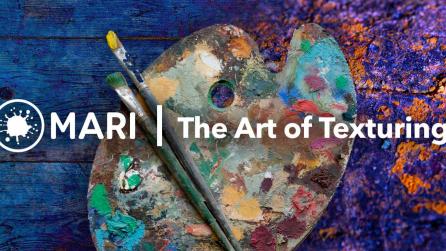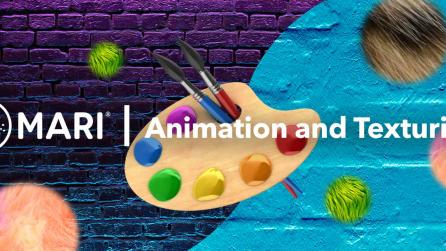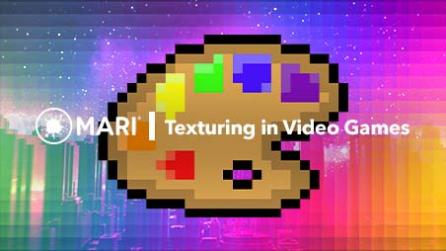Texturing in video games: evolution, application and outlook
We’ve said it before, and we’ll say it again: when it comes to video games, players typically love the sense of escapism they feel on booting up their console, PC or handheld.
In our previous article, we looked at how light plays a part in creating worlds so immersive that you feel like you can reach through your screen and touch them. Texture defines what audiences believe when watching a piece of content and how their visceral reaction to the props, characters and the world itself.
As technology advances, so too do the capabilities of texturing in creating the characters, creatures and landscapes of the same video games we all know and love. As these techniques advance, so too does the sense of escapism we feel become elevated.
Sit down, scroll, and explore the evolution and application of texturing in games.
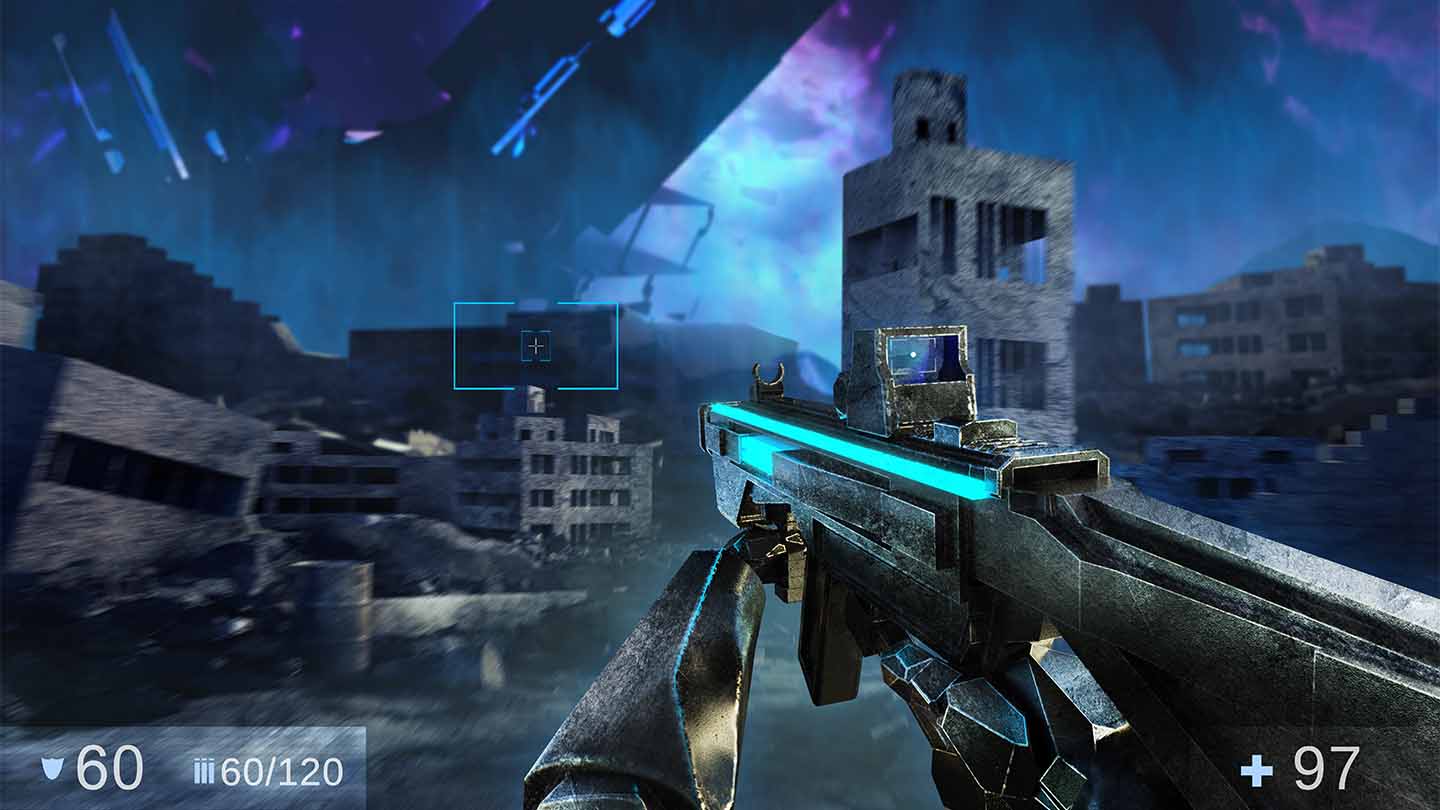
From then to now: a potted history
Because of the level of interactivity afforded by video games—whereby player choice and action takes place in a world that needs to render 30-60 frames per second at any one time—real-time rendering is typically used on most 3D games.
The limitations of real-time rendering were exposed with the advent of the first true 3D consoles. Early 3D hardware had memory limitations, and with textures taking up so much memory space, developers were unable to use bump mapping to create the illusion of depth or texture on an object, nor were they able to bake shadows or lighting into a scene.
Workarounds were therefore developed to optimize textures and cram as much into a hardware’s memory in order to deliver quality characters and environments. Such techniques included vertex maps to save on the memory demands of texture maps, seen in Playstation One and N64 games.
As time and tech marched on, however, this previously limited space advanced. In 2004 specular maps and normal maps featured in games like Halo 2 and Doom 3. With these, surfaces could react to light more closely to how they should and in more detail, and both are now typically used as standard on every game model from this point on. Texture artists have responded in kind, adapting the way they create as a result of normal maps and spending more time making an asset in digital content creators (DCCs) and sculpting tools like Zbrush.
One year later in 2005, pre-compute shading emerged to redefine how materials worked, making them far more complex than before. It was at this point that texturing in video games really found its stride; higher resolution bumps, new textures for shading surfaces and lighting bumps were just a few of the advancements that texture artists benefited from.
Today, Physically Based Rendering is used as standard in games to achieve photorealism both in terms of light and texture, providing an unparalleled level of immersion for players everywhere.
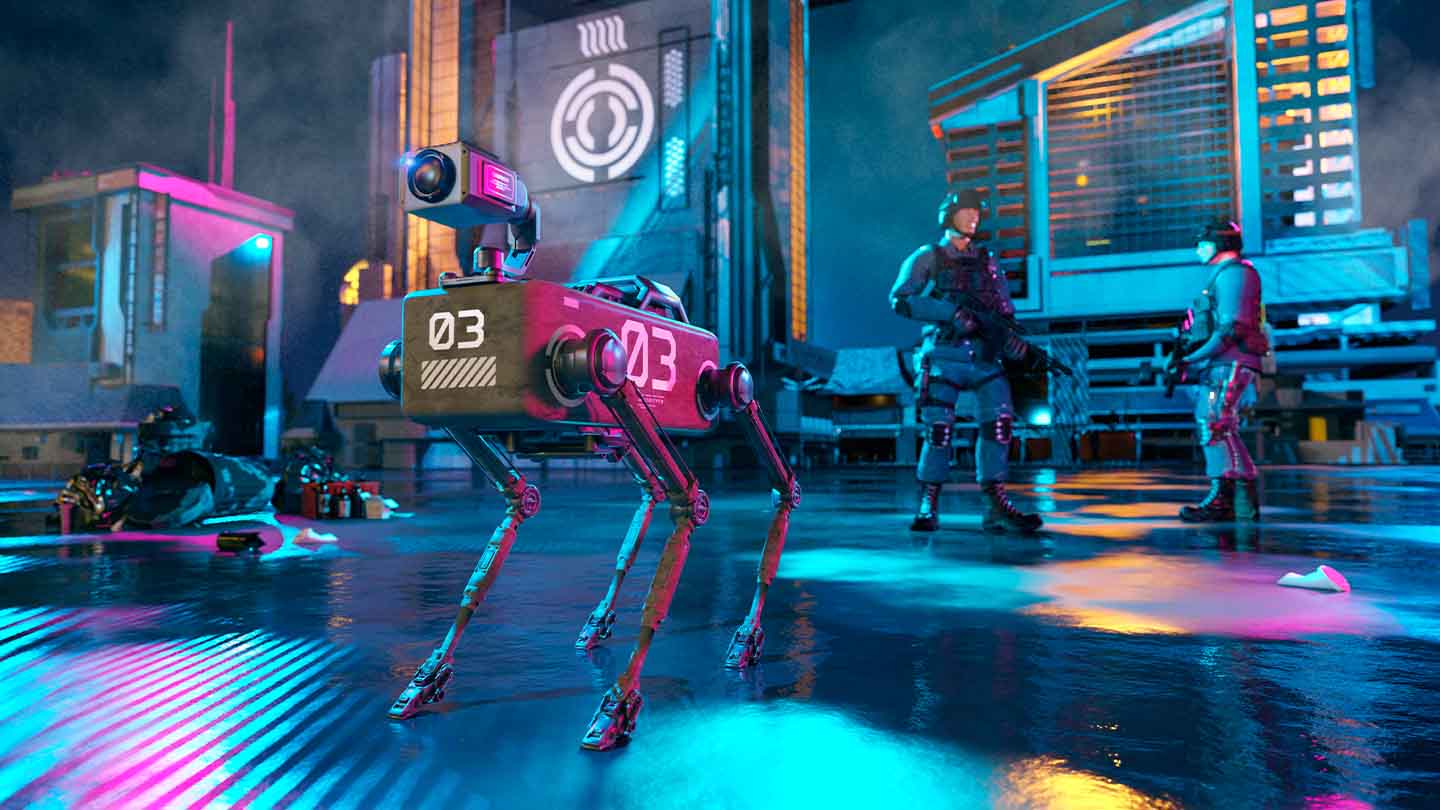
Key texturing techniques in video games
While we’re entering a new era where texturing in movies and video games are becoming more aligned, there are still a number of limitations that game artists face, which don’t matter to the same extent when texturing for VFX.
Where movies have little to no limitations on their polygon budget, video games in contrast have a very strict budget, meaning artists must find ways to keep quality high whilst staying within this. In order to keep quality high, artists utilise textures in clever and unique ways to hide low resolution geometry, giving the illusion that something is much more detailed than it actually is, whilst keeping within the allotted polygon and texture budget.
This is no easy task, however, and there are certain tricks of the texturing trade unique to video games to get the textures just right, so players rarely notice low resolution geometry.
To create the illusion of detail, alpha—or transparency—maps are widely used in video games. When texturing something like a chain-link fence, for example, artists can place a simple polygon plane in-between the fence posts and apply a transparency map, rather than modelling each individual link. What results is a detailed model that gives the illusion of a chain-link fence with no added geometry, meaning those extra polygons can be used elsewhere.
In a similar vein, normal maps can be used to believably simulate detail. Texture artists can model a high resolution mesh before baking all the detail to a normal map, which can then be applied to the same model at a much lower resolution. Even though it may appear that all the detail is modelled onto the mesh, this is in fact another piece of trickery whereby normal or height map information creates the illusion that surfaces have varying heights, whilst offsetting extra effort on the GPU.
Given the expansive level design and, in some cases, open-world environments that feature in video games, there will necessarily be large areas which need the same texture applied to it—for example, same-material floors and walls. If you have an environment such as a cave, artists don't want to paint every single rock by hand. Instead, often as a first pass in games, artists will tile the texture so only one small texture needs to be used for the entire area. Once this time-saving technique has been implemented, artists will add specific details on top to make the textured pattern look like it's been broken up a bit more.
To do this, decals are used to avoid repetitive textures or add an extra effect. In the case of the cave, artists may add extra cracks, foliage growth and other simple 2D images that add detail without extra geometry. Decals are most often created in the game engine and can be placed dynamically based on player action—for instance, bullet holes and blood splatters will appear on a wall in a first person shooter when a firefight breaks out.
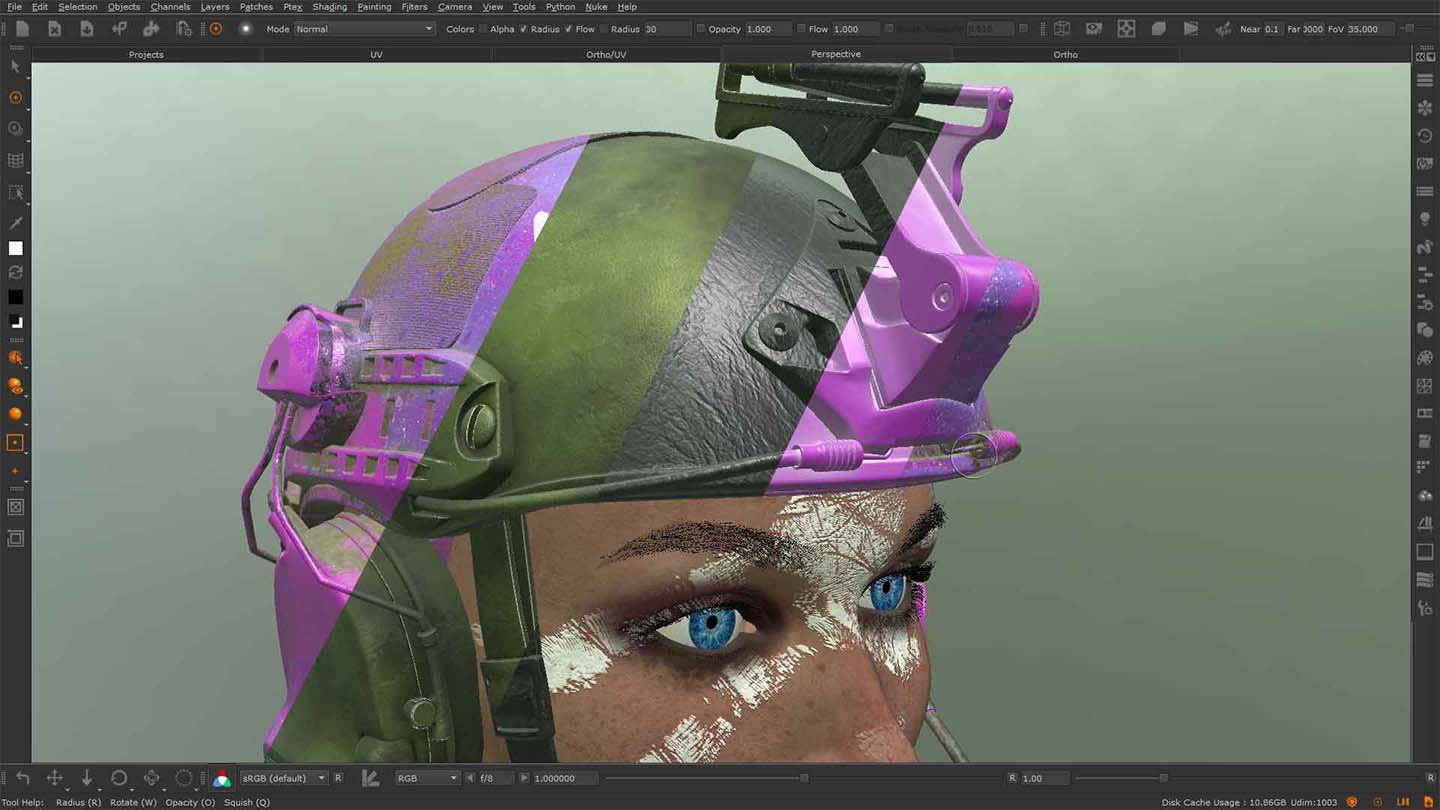
Software that supports game texturing
The good news for artists is that most modern DCCs support the above workflows and techniques, including Foundry’s 3D texturing and painting tool Mari.
Mari is great for physically based rendering, evolving alongside games that have turned to PBR as a means of making the interaction between material and lighting much more involved. A game’s texture has to work in different lighting conditions because of player interactivity—they may switch between day and nighttime frequently, for instance— and artists don't want to have to texture multiple different versions of the player character. Leveraging PBR is a good way to offset this challenge.
Outside of the game’s immediate player-controlled world, Mari has proved its mettle across a multitude of stunning game cinematics and models. From Ready at Dawn’s use of Mari to reach exceptional levels of texturing realism on The Order 1886 to Allen Grippin’s stunning game art made with Mari, the texturing tool is ready and waiting to level-up your game models, props, characters and environments.
Explore Mari for 3D painting and texturing on video games
